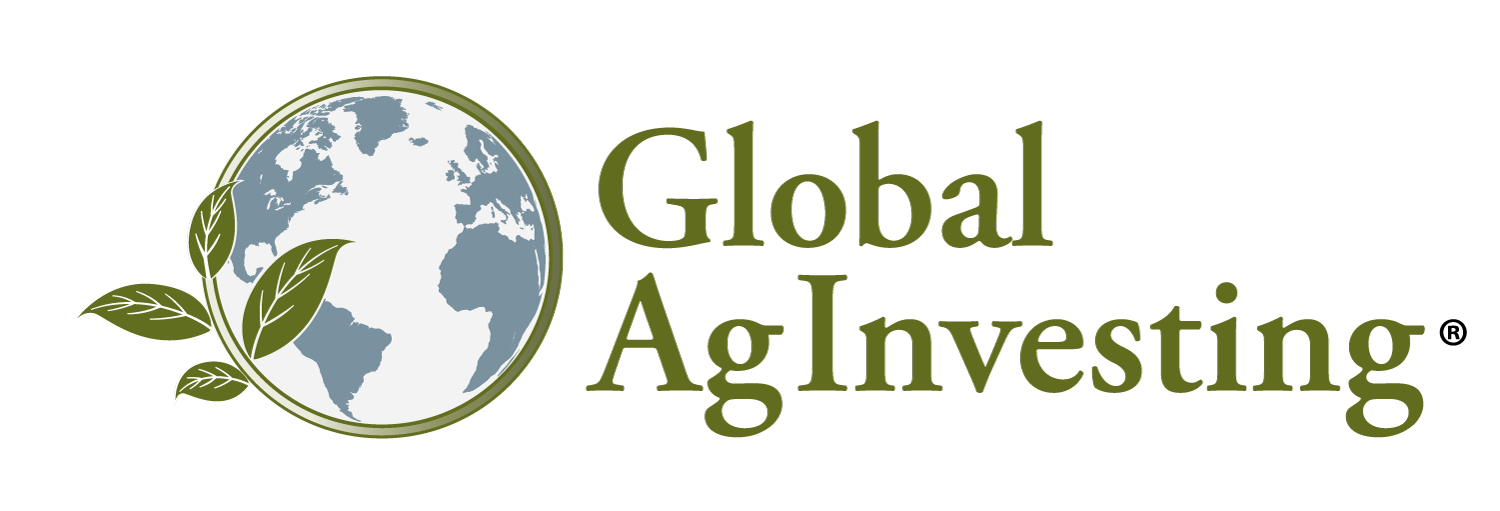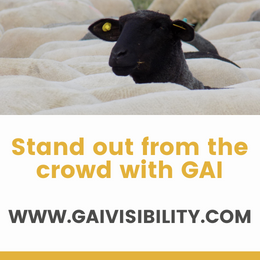December 17, 2024
By Gerelyn Terzo, Global AgInvesting Media
As a fifth-generation rancher, Jen Livsey knows a thing or two about cattle ranching. Her family has been ranching in Colorado since 1907. Their operation, the Flying Diamond Ranch, runs beef cattle across 200,000 acres, 30,000 of which they own.
Livsey and her brothers were raised on the ranch near Kit Carson, Colorado, named after the famous American frontiersman who bears the name. As a family-run operation, Flying Diamond is a growing ranch that has expanded over the past decade, owing largely to the sustainable practices put into practice by previous generations. Chief among these has been rotational grazing, pioneered by Livsey’s father. Rotational grazing involves “containing and moving animals through pasture to improve soil, plant and animal health,” per the Rodale Institute. While one section of the pasture is grazed, other areas rest as cattle are relocated from one paddock to the next.
Livsey also works with cattle ranchers across the Western U.S. through her own ag insurance agency called EastCo Group, providing them with pasture insurance to protect against hardships like below-average rainfall and offering Livestock Risk Protection against dips in market prices. As a panelist for the upcoming Global AgInvesting 2025 in New York, Livsey offered GAI News a preview into what the ag industry can expect during the highly anticipated session on agri-land stewardship.

1.) GAI News: Can you share your history and connection with agri-ranchland?
Livsey: “My dad was one of the first ranchers in the U.S. to adopt rotational grazing at scale in the early 1990s. I grew up in the system and didn’t know the difference, which I now view as a true advantage. Later I earned my master’s degree from the King Ranch Institute for Ranch Management to gain exposure to more ranches and learn more about all aspects of ranching. Today I’m not involved in the day-to-day operations on my family’s ranch but in addition to working on big cattle workdays I do a lot of the grazing tracking and management, as well as other land-based projects such as our carbon efforts and Audubon certification.”
2.) GAI News: Can you tell us more about the rotational grazing that your Dad helped to pioneer?
Livsey: “Widespread adoption is still rare. But for our family, it has been extremely beneficial for our natural resource, our forage. We can run more cattle and are more resilient in drought. We also have a ton of wildlife – our land is healthy and thriving, so there is wildlife that want to be on that land. This helped with the Audubon certification.
“Growing up, I didn’t realize that everybody didn’t do things this way. I feel lucky not to have known the difference. We implemented this grazing practice on the ranch because we believe it works. It’s profitable, good for the grass, good for us, and good for the cattle.”
3.) GAI News: You were regenerative agriculture before it was trendy. What are your thoughts on that?
Livsey: “It’s been interesting watching the words used to describe what I grew up in. I watched how the cool, sexy term changed from sustainable to regenerative. Call it what you will. To me, it’s a very human- and family-centered concept to do what my family is doing on the land and maintaining it for generations. It’s neither sustainable nor regenerative if what I’m doing on the land today screws it up so my grandkids can’t exist on this land and be profitable doing good things on it.
“Rotational grazing has been an answer to that concept in my family. My great grandfathers were doing things differently in 1910 and 1940. Not because we’re smarter or better than they were. They were doing the best they could at the time. My family really values education and learning – we’re open minded and progressive in that sense and have been for many generations. Regenerative ag or sustainable agriculture are mindsets more than any particular practice. But for us it shows up in this particular practice of grazing.”
4.) GAI News: : What does agri-land stewardship mean to you?
Livsey: “I think the most worthwhile careers in the U.S. are those devoted to our natural resources. It’s cliché, but they’re not making any more land. We need excellent stewardship to maintain the plenty that we have as Americans; good families with skin in the game is integral to that effort. We need to take a long-term mindset so that the future is bright, and the next generation wants to be involved in ag operations. That’s healthy for the family but also good for food supply, food security and the land.”
5.) GAI News: What are some of the biggest misconceptions around agriculture and ranchland?
Livsey: “There are definitely some headwinds. I’d say beef has gotten a bad rap and continues to be demonized from a lot of different quarters. I think it’s all so misguided because well-managed, grazing grasslands are the highest and best use of those acres. And the U.S. has a huge percentage of grasslands. I’m in the Great Plains. In general those lands should not be plowed, they should be grazed.
“Beef is a very high-quality protein. The miracle of turning photosynthesis into a consumable protein always amazed me, and that’s what we’re doing. I think people should feel awesome about eating beef. Are there things the industry can do to improve? Absolutely. But a huge number of grazed acres are benefiting from beef production, and people should feel good about that.”
6.) GAI News: How should institutional investors approach agri-ranchland as an asset class?
Livsey: “Ranchland should be viewed as a long-term, stable investment. Ranchland is not a get-rich-quick asset class. It’s going to be a slower return than farmland. But I feel very positive about the long-term asset valuation. There are going to be additional future opportunities, carbon being one of them, and ecosystem services, on these acres of ranchland. The key challenge with ranchland is that it must be well managed. It’s not plug-and-play like farm ground, which is more mechanical. There’s more art and nuance to managing grazing. So that intellect, that managing ability is going to be very valuable.”
7.) GAI News: What do you hope to convey during your panel discussion on agri-land stewardship?
Livsey: “I want to convey the optimism I feel about ranchland and the livestock industry on top of it. And I want to convey the importance of how we manage grassland assets in the U.S. Managing it well matters and is worthy of good people and ideas. It’s important.”
Global AgInvesting Founder Greg Mellinger commented, “Jen is a wonderful addition to the panel on agri-land stewardship, offering a unique and powerful perspective on cattle ranching. Her land heritage tracing back multiple generations, including her father’s success integrating rotational grazing at scale, combined with her own expertise make her a perfect fit for the discussion, and I for one cannot wait to hear what she has to say at Global AgInvesting 2025 New York in the spring.”
GAI News would like to thank Jen for her time and contribution ahead of Global AgInvesting 2025 in New York. You won’t want to miss the event — including the highly anticipated session on agri-land stewardship — so be sure and reserve your spot today or inquire about sponsorship opportunities today.
*The content put forth by Global AgInvesting News and its parent company HighQuest Partners is intended to be used and must be used for informational purposes only. All information or other material herein is not to be construed as legal, tax, investment, financial, or other advice. Global AgInvesting and HighQuest Partners are not a fiduciary in any manner, and the reader assumes the sole responsibility of evaluating the merits and risks associated with the use of any information or other content on this site.

Let GAI News inform your engagement in the agriculture sector.
GAI News provides crucial and timely news and insight to help you stay ahead of critical agricultural trends through free delivery of two weekly newsletters, Ag Investing Weekly and AgTech Intel.




